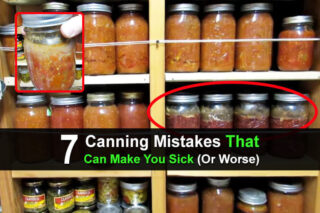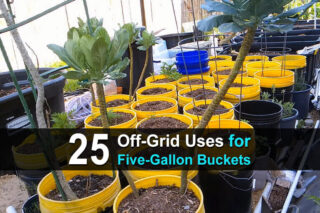Estimated reading time: 10 minutes
Table sugar has a bad reputation, and rightly so. It’s high in calories and low in nutrition. However, there are plenty of natural sweeteners you can grow in your garden, depending on your climate and ability.
In this article, we’ll take a look at 13 natural sweeteners you might want to grow in your backyard. Then we’ll give you some growing tips and provide resources so you can harvest and use them in your favorite recipes.
Want to save this post for later? Click Here to Pin It On Pinterest!
1. Stevia
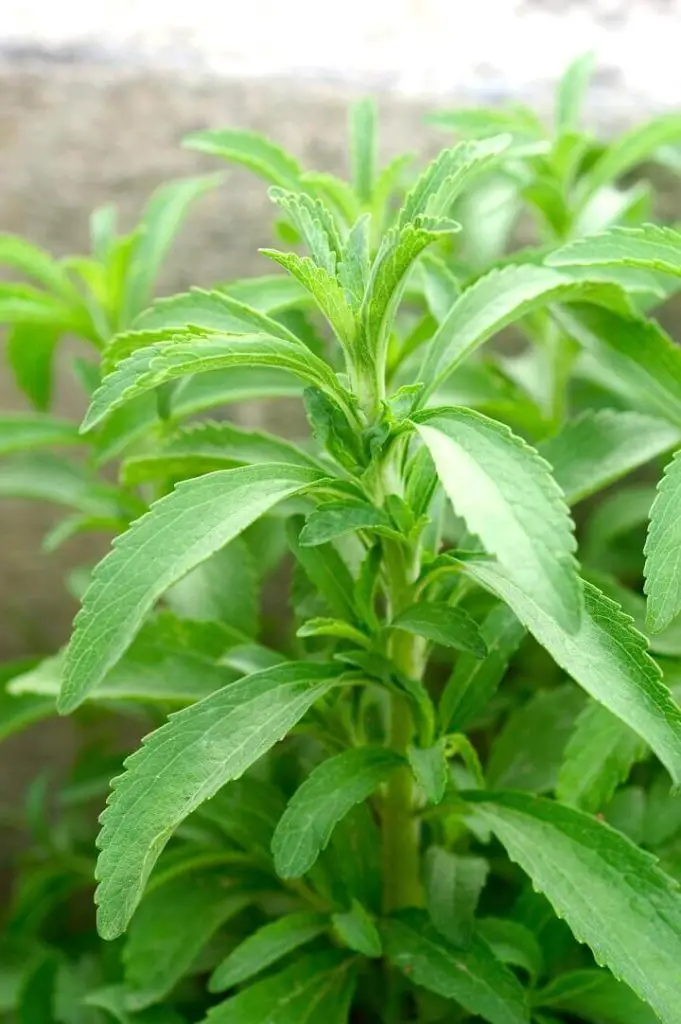
Stevia is a member of the sunflower family and is often called sweetleaf or sugar leaf. It can be grown as a perennial in tropical areas, but in climates with cold winters, it must be grown as an annual.
You can use stevia in a number of ways. You can dry it and use the crushed leaves. You could also make syrup from the sweet leaves or even use them whole. For more information on growing and using stevia, check out this site.
2. Agave
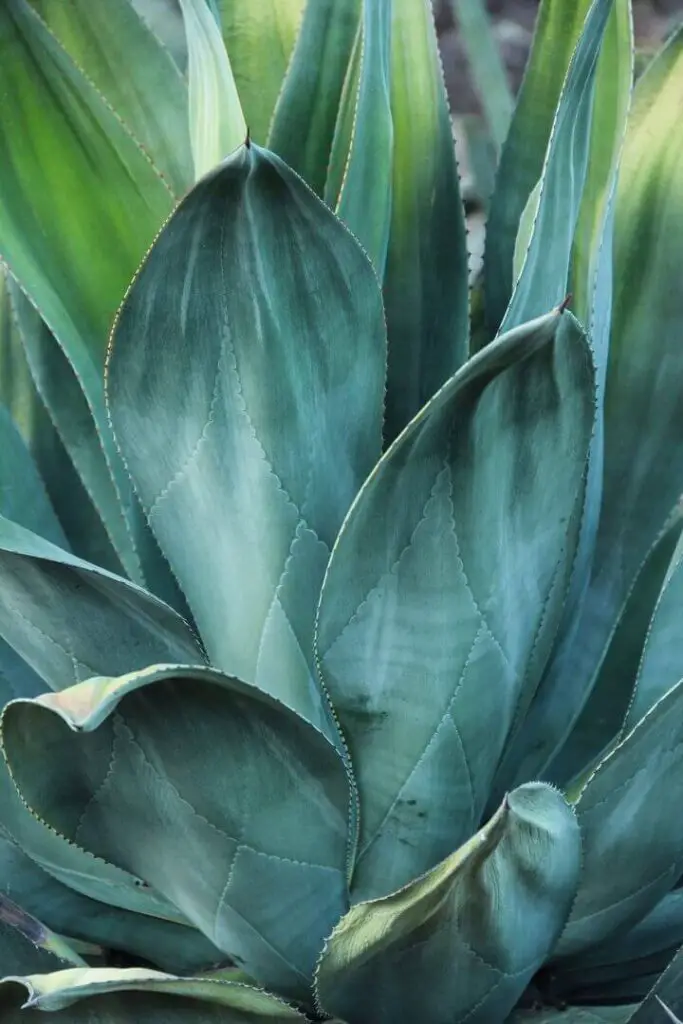
Agave nectar is a type of natural sweetener that is derived from the agave plant. Although this plant is cactus-like with its sharp thorns, it is actually a member of the aloe family.
It may be illegal in some areas to harvest wild agave for its nectar, but you can grow your own agave plants. Keep in mind, it takes some varieties 7 to 10 years to mature enough to be harvested. You can find out more information on growing and harvesting agave right here.
3. Yacon
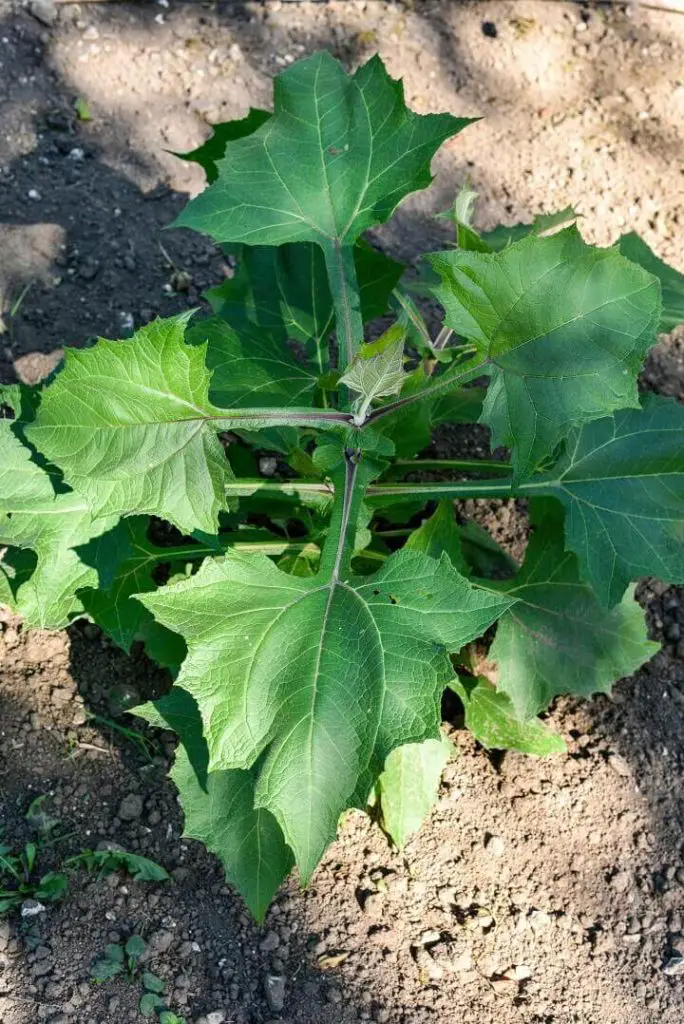
Yacon is a tender perennial that grows edible tubers similar to the Jerusalem artichoke. These tubers can be eaten raw or cooked, and they have a slightly sweet, apple-like flavor. But the tubers can also be made into a sweet, dark syrup. You can use this syrup in place of maple syrup, molasses, or even table sugar.
To make yacon syrup, you need to break up the yacon into small pieces and run it through a blender. Squeeze out the juice, and then cook it down to make a thick dark syrup. You can find detailed instructions in this article.
4. Coconut Sugar
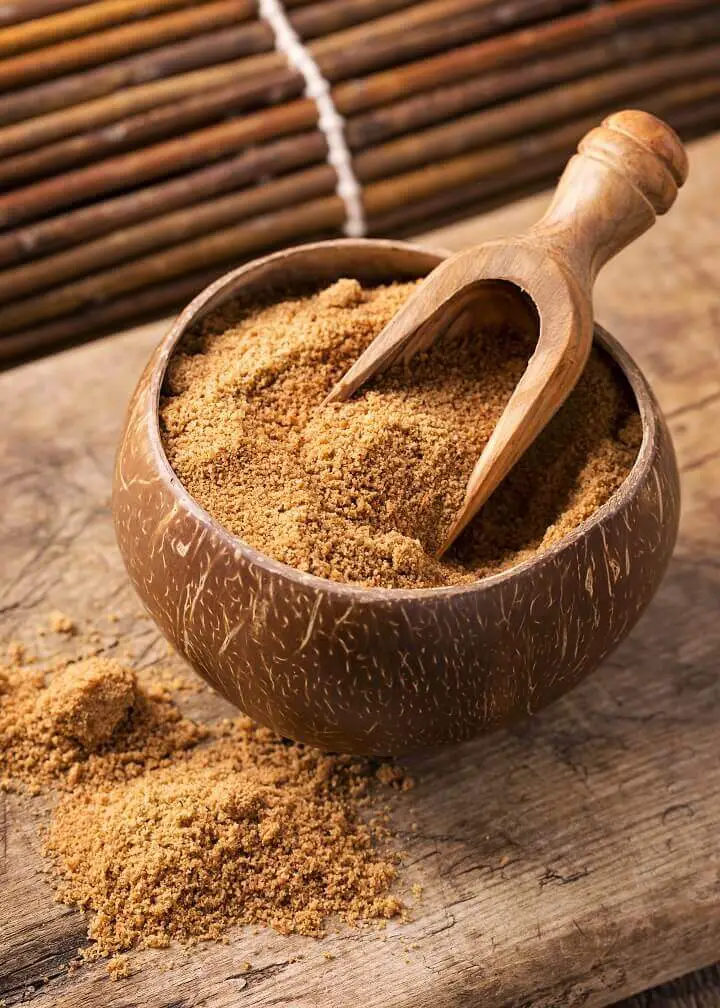
Coconut sugar is a healthier type of sugar than regular old table sugar and has a slight caramel flavor. It isn’t made from coconuts but rather from the nectar of the coconut flower. The nectar is collected and reduced to a thick sap. The sap can be boiled down into granules or used as-is. You can grind coconut sugar down even further into a powdered sugar like this one.
You can grow coconut palms in tropical areas like Florida and Hawaii.
5. Xylitol or Birch Syrup
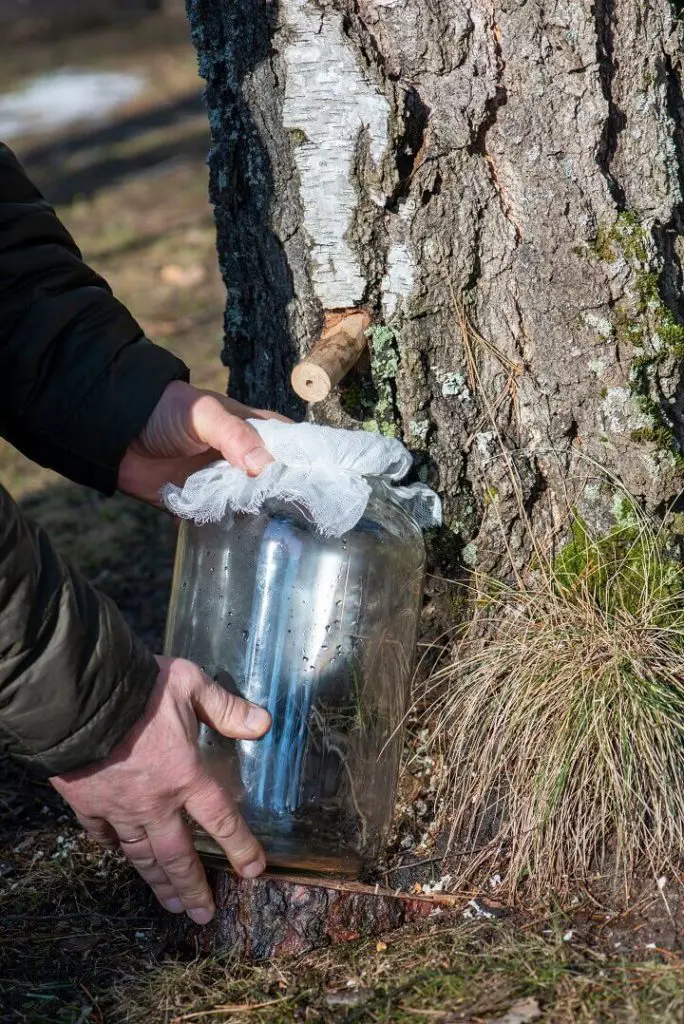
If you don’t have maple trees where you live, you can tap other trees to make syrup or sweeteners. For example, birch trees provide sap which can be boiled down into a lightly sweet syrup, a granulated replacement for table sugar, or even used as a beverage. In addition, the sweet-tasting xylitol is made from birch trees.
Although this syrup isn’t as sweet as maple syrup, it still tastes delicious, and you can use it in the same way you would use maple syrup.
While you tap the trees just like you would a maple tree, it takes longer to reduce birch syrup than maple syrup. If you don’t process it slowly and at a reduced temperature, the sugars will caramelize, and the syrup might taste burnt. Here is some information on how to make birch syrup.
You can tap other trees for syrup making: maples, sycamore, black walnut, box elder, hickory, birch, and alder.
Xylitol can also be found in fruits and vegetables such as strawberries, raspberries, green beans, mushrooms, and even cauliflower.
6. Sugar Beets

One of the easiest means of making your own sweetener might be sugar made from sugar beets. Sugar beets are a different variety than you would typically eat for dinner; these beets are specifically grown for their high sugar content.
It’s a pretty easy process to boil the beets then reduce the liquid to a syrup. Allow the syrup to air dry, and it will turn to crystals which you can crush and use just as you would table sugar. These beets are very sweet but may leave you with a slightly beety aftertaste. Here are specific directions on how to make beet sugar.
7. Licorice Root

Although it takes several years to grow big enough to harvest, licorice root makes a delicious and sweet addition to your homemade goods. Make sure you grow the real licorice root (Glycyrrhiza glabra) and not the licorice plant (Helichrysum petiolare), which isn’t edible.
Once it is well established, you can harvest from the same plant for years. You can use it to make a sweet-tasting tea, dry the roots for later use in cooking and baking, or even boil the roots in water to make a simple syrup.
If you do want to grow licorice root, you might consider finding plants that are already a couple of years old, so shorten the time until you can harvest them. Find out how to grow and harvest this delicious root right here.
8. Apple Sugar
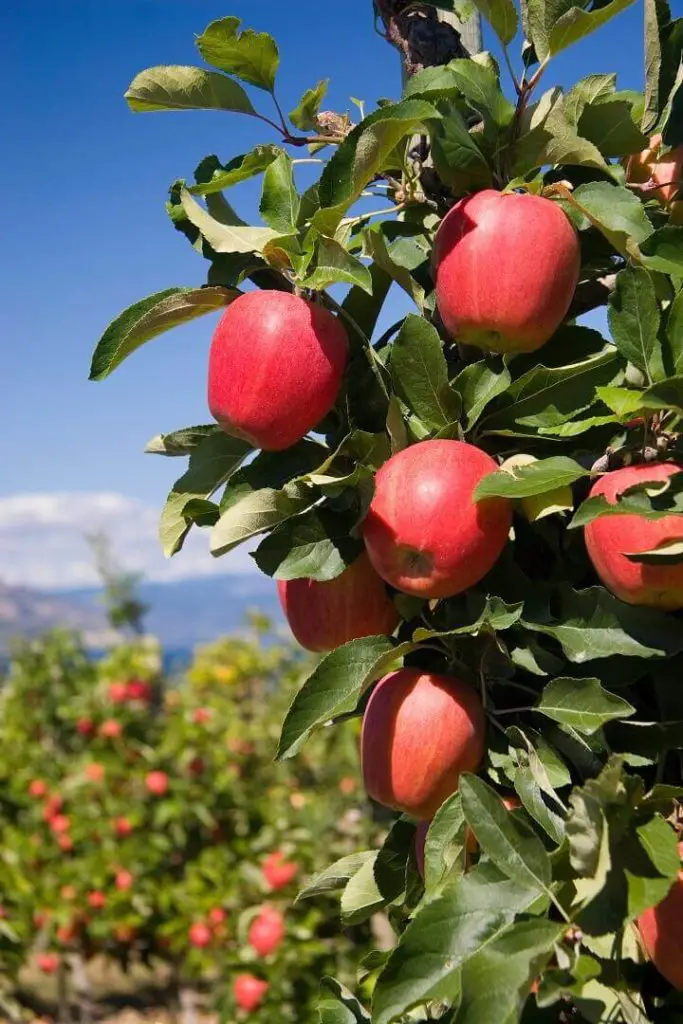
Apple sugar isn’t a perfect substitute for table sugar, but it can be used in a lot of ways to sweeten up your baking. For example, it makes a great addition to yogurt, smoothies, and granola, but it might not dissolve like regular table sugar. However, if you have an abundance of apples, this is a great way to use them.
You can read more about how to make apple sugar in this article.
9. Fruit Paste Sweetener
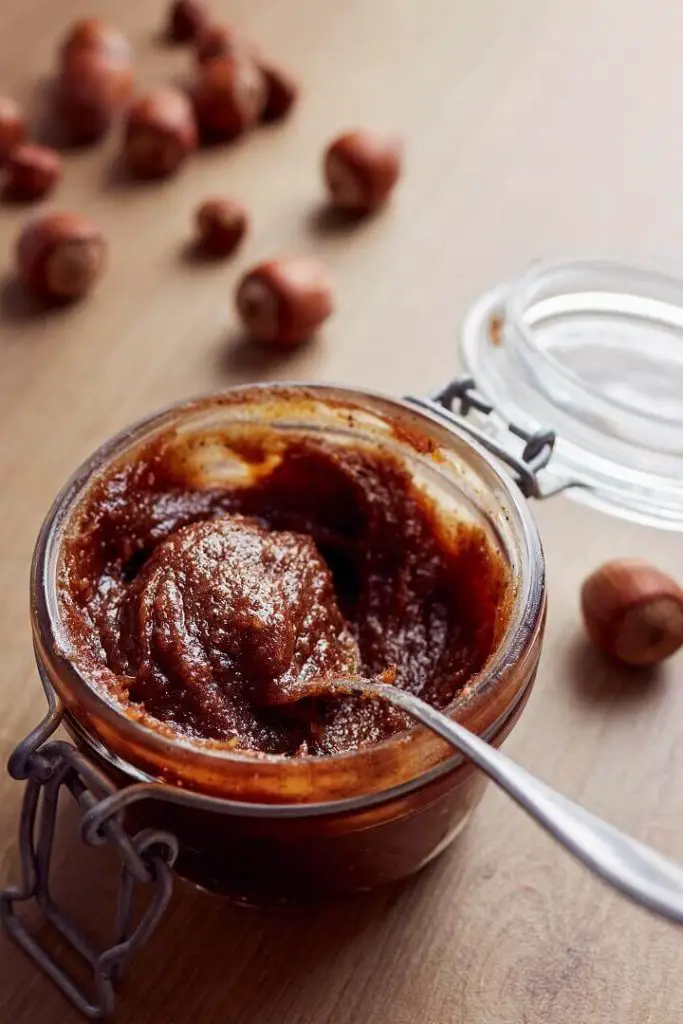
Just about any type of dried fruit can be turned into a fruit paste sweetener. Dates, figs, and dried apricots are exceptionally sweet, but raisins and other kinds of fruit will work as well.
The process is simple. Soak the dried fruit in water and then run it through your blender or food processor to make a paste. The paste can then be used in cooking and baking to sweeten your food. Here are some specific directions.
10. Sugar Cane Syrup
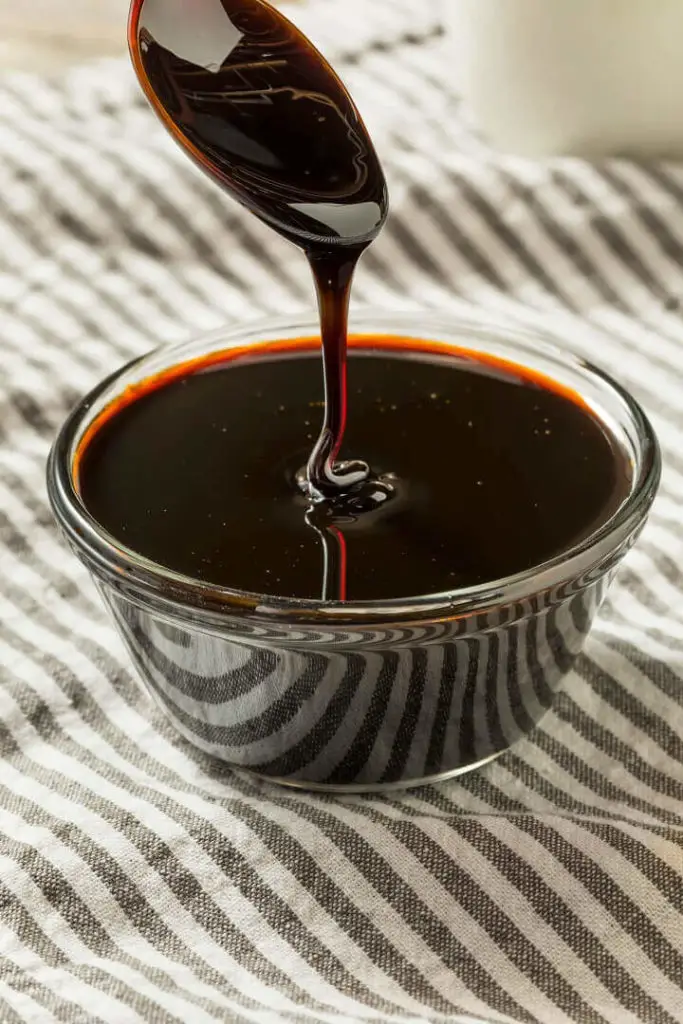
If you live in a more tropical area, you can grow sugar cane. Commercially, sugar cane is grown, and the sap is harvested by large sugar cane presses that squeeze out the juice. However, this isn’t practical for the home grower, so you’ll need to use a different method.
David the Good discusses how to make your own sugar cane syrup in this post. The process involves chopping the sugar cane into manageable pieces and boiling them. Then, reduce the water down into a concentrated syrup that you can use as a natural sugar alternative.
11. Sorghum

Sorghum cane is a member of the grass family that can be grown in warmer areas of the United States. It is a tall cane that resembles corn crops. Commercially, the stalks are pressed to make sorghum syrup.
If you live in a Southern state, you can grow your own sorghum crops to make sorghum syrup. First, you’ll strip the leaves off the canes and cut them into manageable pieces. Then, after boiling, you can crush the juice out of the cane pieces.
You’ll need to gently simmer the liquid until it is reduced to a thick, molasses-like syrup, which you can use as a sweetener or in place of molasses. You can find the process right here.
12. Barley Malt Syrup
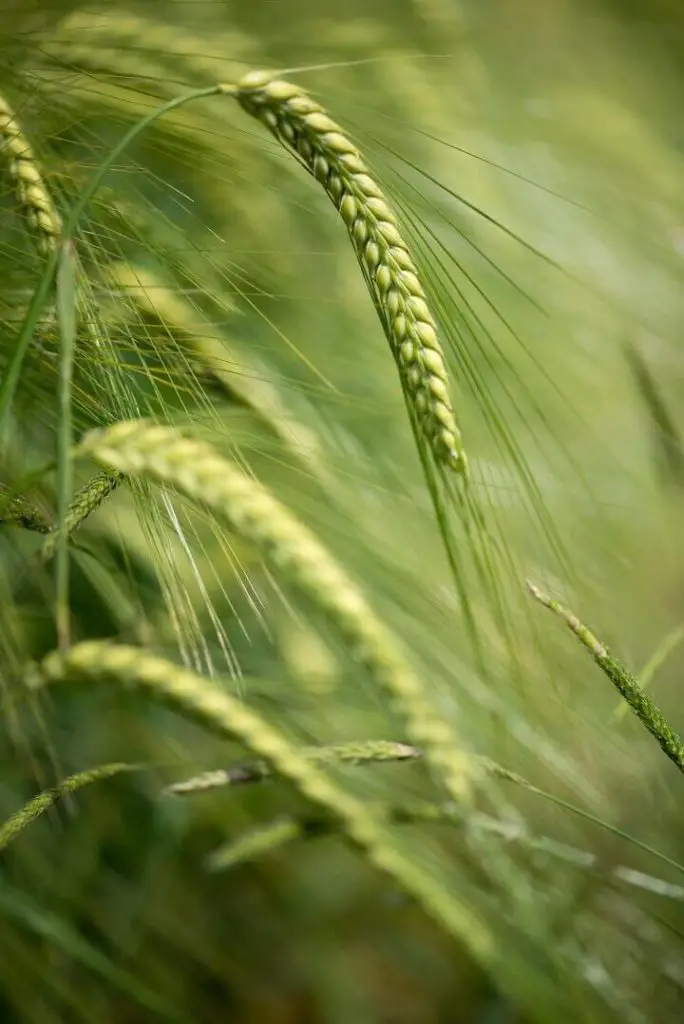
Although barley malt syrup is often used in beer making, it also makes a light sweetener with a malt taste. You’ll need to start with sprouted barley grains. This isn’t a difficult process, but it takes a lot of sprouted grains to make a tiny bit of syrup.
After the grains have sprouted, you dry them, crush them, and then bake them at low heat. As soon as you see the syrup coming out of the crushed grains, you can strain it out and store it to use as a sweetener. This article has specific directions here.
13. Maple Syrup
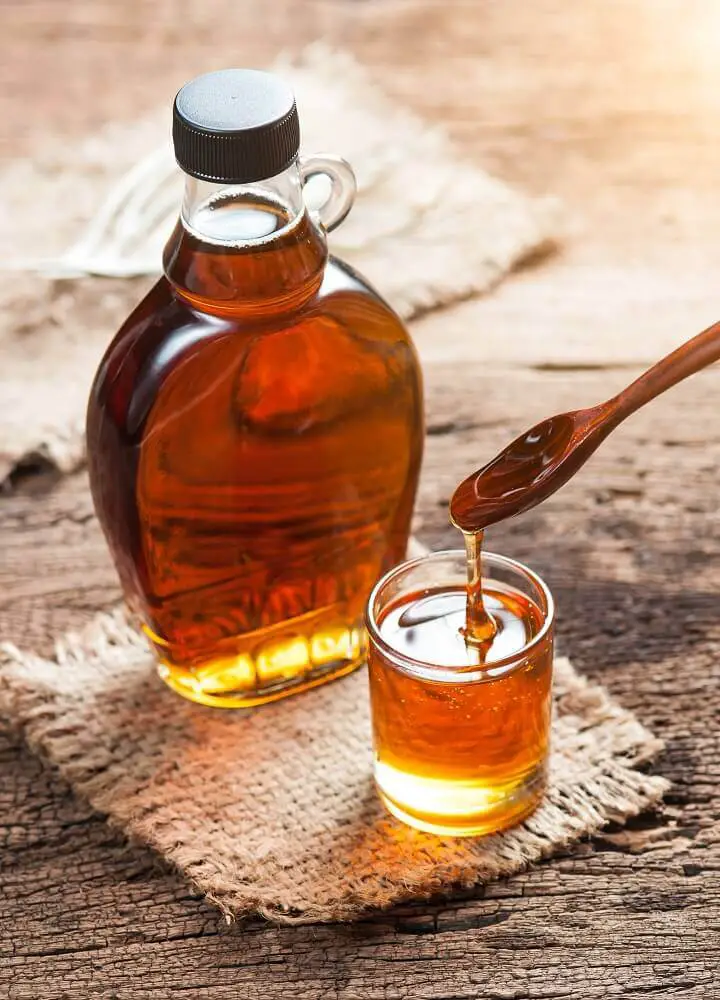
If you don’t live in a warm climate, you can still grow your own sweetener. For example, maple syrup is popular in the northern, colder climates.
Any kind of maple tree can be used for maple syrup. However, sugar maples have the highest concentration of sugar. It can take 40 years for a maple tree to be large enough to tap, but they are widespread and easy to find in the north.
Maple syrup can be used as a topping for pancakes and waffles, or it can be used as a natural sweetener in all kinds of recipes.
One of the benefits of maple syrup is that it includes trace minerals from the area it is grown in and may also improve immunity. Check out our article on how to make maple syrup.
Like this post? Don't Forget to Pin It On Pinterest!







